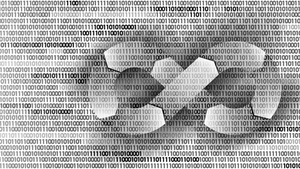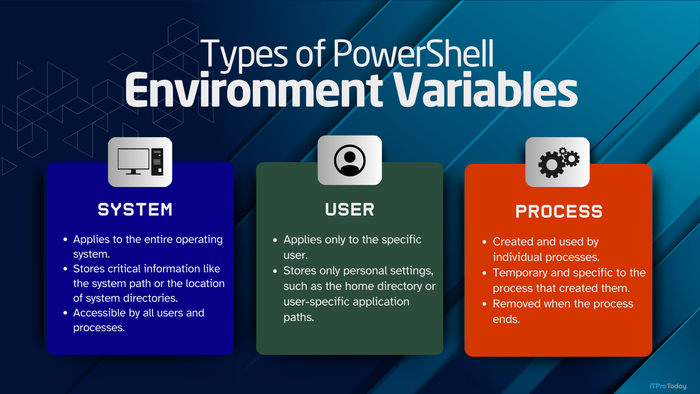Distributing Files for Increased Fault ToleranceDistributing Files for Increased Fault Tolerance
You're rolling out 50 new desktop PCs, each with a 4GB hard disk. After installing OSs and a suite of applications, you realize that you have more than 3GB of unused disk space on each PC. What can you do?
August 30, 1999
[Editor's Note: Do you have something to share with other Windows NT Magazine readers? We want to know about it. Write for Reader to Reader online, and you can tell others about your NT discoveries, comments, problems, solutions, and experiences. Email your contributions (700 words or less) to [email protected] along with your name and phone number. We edit submissions for style, grammar, and length. If we print your submission, you'll get $100.]
Let’s say you're rolling out 50 new desktop PCs, each with a 4GB hard disk. You install OSs and a suite of applications, and you locate users’ home directories on the PDC. When you’re done, you examine the installations and realize that you have more than 3GB of unused disk space on each PC. That’s 150GB of storage space sitting idle. What can you do?
One option is to distribute essential files and folders across your network for increased fault tolerance. You can create hidden shares on the PCs for storing your important files, assigning the appropriate Windows NT security permissions to them. And you can do this using two utilities, Shutdown and Robocopy, from the Microsoft Windows NT Server 4.0 Resource Kit.
Start by implementing a policy that prevents users from shutting down these PCs and requires them to log off or lock their workstations when leaving them for any length of time. Next, you can make a shutdown batch file for your network and schedule it to run automatically. Create a batch file along the following lines:
robocopy /z /e /t /r:5 /np /purgerobocopy e:users \bdcserverusers$ /z /e /t /r:5 /np /purgerobocopy e:users tstat1users$ /z /e /t /r:5 /np /purgerobocopy e:users tstat2users$ /z /e /t /r:5 /np /purgeshutdown tstat1 /t:30 /y /cshutdown tstat1 /t:30 /y /cexitNote: You might have security problems when copying user directories, depending on how you created them.
The /purge switch lets you make mirrored copies on the destination PC. Robocopy checks the source directory and deletes any files or directories on the destination directory that are no longer present in the source directory (see the Resource Kit for an explanation of Robocopy and Shutdown switches).
Use the At command, NT’s scheduler service, to run this batch file after hours or during periods of low network utilization, and you'll have distributed copies of important network files and make use of the idle hard disk space on your network. You can copy and distribute anything of importance to your environment for ease of restoration and fault tolerance. After the initial copy process, Robocopy copies only those files that have changed. And you can tell Robocopy which file types to copy or exclude and which directory structures to copy or exclude.
—Marty Peet
[email protected]
About the Author
You May Also Like






.jpg?width=700&auto=webp&quality=80&disable=upscale)
